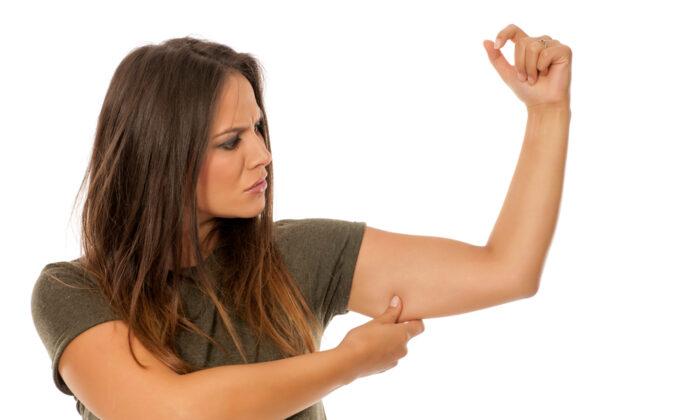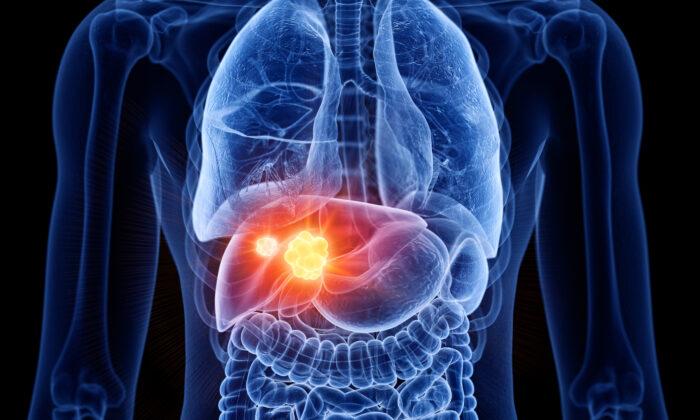Introduction to Spider Veins
Spider veins are increasingly common, occurring in half of the population over 50.
Research has suggested that women are four times more likely than men to be affected [1]. The rate increases with the number of pregnancies a woman has had due to changes in hormones affecting vein dilation. A
major risk factor in both men and women is obesity and being in occupations that require prolonged sitting or standing, both of which increase the likelihood of developing spider veins [2].
Compared to varicose veins, which cause twisted, rope-like formations under the skin and result in pain and swelling, spider veins are mostly an aesthetic problem and resemble thin, red, blue, or purple branches that appear on the legs and, rarely, on the face. The majority of patients with this condition are asymptomatic, however a few complain of leg fatigue or pain in the legs.
Recent surveys have concluded that spider veins are the number one cause for concern in American women, with many undergoing cosmetic procedures to remove them through the use of laser, surgery, or sclerotherapy [3]. The chosen treatment is usually dependent on the severity of the condition, with some faring well with low-invasive procedures such as compression socks or sclerotherapy, while others require surgery or laser therapy. While these treatments help remove existing spider veins, they do not stop the development of future ones as they do not target the source of the problem. Lifestyle and dietary changes are necessary to prevent spider veins from reoccurring.
Minimally Invasive Home Treatments Proven Effective
There are many simple, at-home treatments available for individuals with mild spider veins, including the use of compression socks to improve blood flow in the legs, regular exercising and walking, and elevating the legs when seated which helps prevent blood from pooling in the legs. When incorporated with changes in diet, these solutions are a great preventative measure for spider veins and reduce the potential for the condition progressing.
Many individuals with varicose or spider veins have demonstrated a significant improvement by following simple home treatments.
Doctor Viktoria Kozlovskaya, a dermatologist with an expertise in vein conditions reported on a patient she saw recently at her clinic who demonstrated significant leg swelling and skin discoloration caused by dilated veins and poor circulation. After being advised to wear compression socks and practice leg elevation for a few months, the patient observed significant reduction of swelling in his legs and improvement in skin color.
A second patient arrived with a rare complication involving chronic venous insufficiency that led to significant leg swelling. Misdiagnosed by several specialists as suffering from cellulitis infection, the patient was incorrectly prescribed antibiotics. A visit with Kozlovskaya confirmed the patient was actually suffering from a vein disorder. After following a strict regimen of wearing compression socks for a couple of months, the patient showed significant improvement.
The Mechanism of Compression Socks for Vein Disorders
Compression socks typically work by creating
a pressure gradient to exert the greatest pressure around the ankles, decreasing as it goes farther up the leg. The pressure gradient ensures that blood flow is corrected and travels upward toward the heart instead of pooling downwards towards the feet. With prolonged use,
researchers have observed in their patients a reduction in the diameter of major veins, which increases the velocity and volume of blood flow [4]. Compression socks have been shown to reverse venous hypertension, and improve lymphatic drainage, making them a good choice for patients with spider or varicose veins.
As with all health products, it’s important to ensure the socks are a good fit for the individual and are approved by their doctor to prevent discomfort or further skin trauma. The textile composition must also be taken into consideration for patients with sensitive skin and allergies, as some patients have demonstrated skin reactions to the fabric and dyes present in the garment. Many such conditions are preventable when appropriate measures and fitting guidelines are observed [5].
The Use of Laser and Sclerotherapy for Advanced Conditions
If the vein condition is particularly severe, patients may be advised to opt for alternative treatments to correct their condition. Kozlovskaya says that a proper evaluation is often the first step in identifying the extent of vein damage before determining the most suitable treatment. “If only superficial veins are affected, sclerotherapy is the easiest modality to treat spider veins,” explains Kovlovskaya. Superficial veins are typically the ones you can easily spot on the surface of the skin, whereas deep veins are harder to observe or treat and can pose more serious health conditions such as deep vein thrombosis.Sclerotherapy involves injecting a special saline solution into the affected veins causing damage to the vein vessels and forcing blood to reroute through healthier veins. The affected veins are subsequently destroyed, which causes any cosmetic blemishes appearing on the surface of the skin to also disappear. Kozlovskaya explains that there are different saline solutions available, but Asclera (polidocanol) and hypertonic saline are the most commonly used ones and typically come in liquid form. Foam sclerotherapy is also used, but mainly for treating larger veins. Wearing compression socks is highly recommended by doctors after sclerotherapy to improve healing time and prevent any complications. Kozlovskaya identified pain, allergic reactions to the saline solution, and superficial blood clots as the most common side effects to the procedure, however these were reported to be rare and mild.
Researchers saw positive findings after conducting a study on the use of foam sclerotherapy to treat spider veins in a group of women [6]. In their research, they compared the efficacy of sclerotherapy with polidocanol with laser therapy and found a 50% to 70% improvement in sclerotherapy patients compared with 30% to 40% in laser patients. Improvement was observed to be much quicker in sclerotherapy patients, although at the last follow-up, there were minimal differences in results between the two groups. However, patients reported a significant difference regarding pain levels between the two therapies, with laser being perceived as more painful.
Laser is still considered a suitable treatment for patients with vein conditions such as varicose or spider veins. It is often recommended for those prone to allergic reactions or who are needle-phobic [7]. There are many different types of laser therapy for treating vein conditions, but the most commonly used technique is laser treatment through intense pulsed light (IPL). Potassium-titanyl-phosphate (KTP) laser therapy is commonly used for smaller vessels on the face and has proven to be particularly effective on darker-skinned patients. Laser treatment generally involves multiple sessions to successfully treat damaged veins, whereas sclerotherapy only requires one or two sessions. Both have their own benefits and drawbacks, and patients are advised to consult with their doctor to determine the best course of treatment for them.
Pneumatic Compression Devices for the Treatment of Vein Disorders
Inflatable leg devices are now available for patients who have experienced difficulty using compression socks or who are looking for alternative means of compression. These devices are typically used in hospital settings for patients recovering from major surgery as a means of preventing blood clots from forming and encouraging good blood circulation. However, recently, companies like VasoCARE are now offering their devices for home use. Each compression device is custom-made to meet the patient’s requirements. The company claims that their home compression therapy can help treat lymphedema and other venous disorders while promoting pain relief and improved quality of life.A
study was conducted in 2016 investigating the effect of sequential pneumatic compression therapy on women suffering from varicose veins [8]. Researchers divided participants into two randomized groups, one of which received only physiotherapy treatment involving leg exercises. The patients in this group were advised to perform 10 repetitions of each exercise three times a day, with a minimum of five times per week for a total of six weeks. Patients in the second group were given physiotherapy combined with sequential pneumatic compression therapy using an inflatable leg sleeve on their legs for 30 minutes a day for six weeks. The research concluded that quality of life had improved significantly in both groups; however, the participants in group two demonstrated a higher maximum and mean blood flow velocity compared with the first group. In addition, the data concluded that patients’ pain, vitality, and social functioning all improved within just six weeks of sequential pneumatic compression therapy, proving its effectiveness in the treatment of varicose veins.
Conclusion
A variety of therapies are available for the treatment of spider veins and other vein disorders. The choice and effectiveness of each varies on a case-by-case basis, with some patients preferring one over another. Careful discussion with a healthcare professional can help determine the most appropriate form of treatment for each patient while ensuring the best possible outcome.





